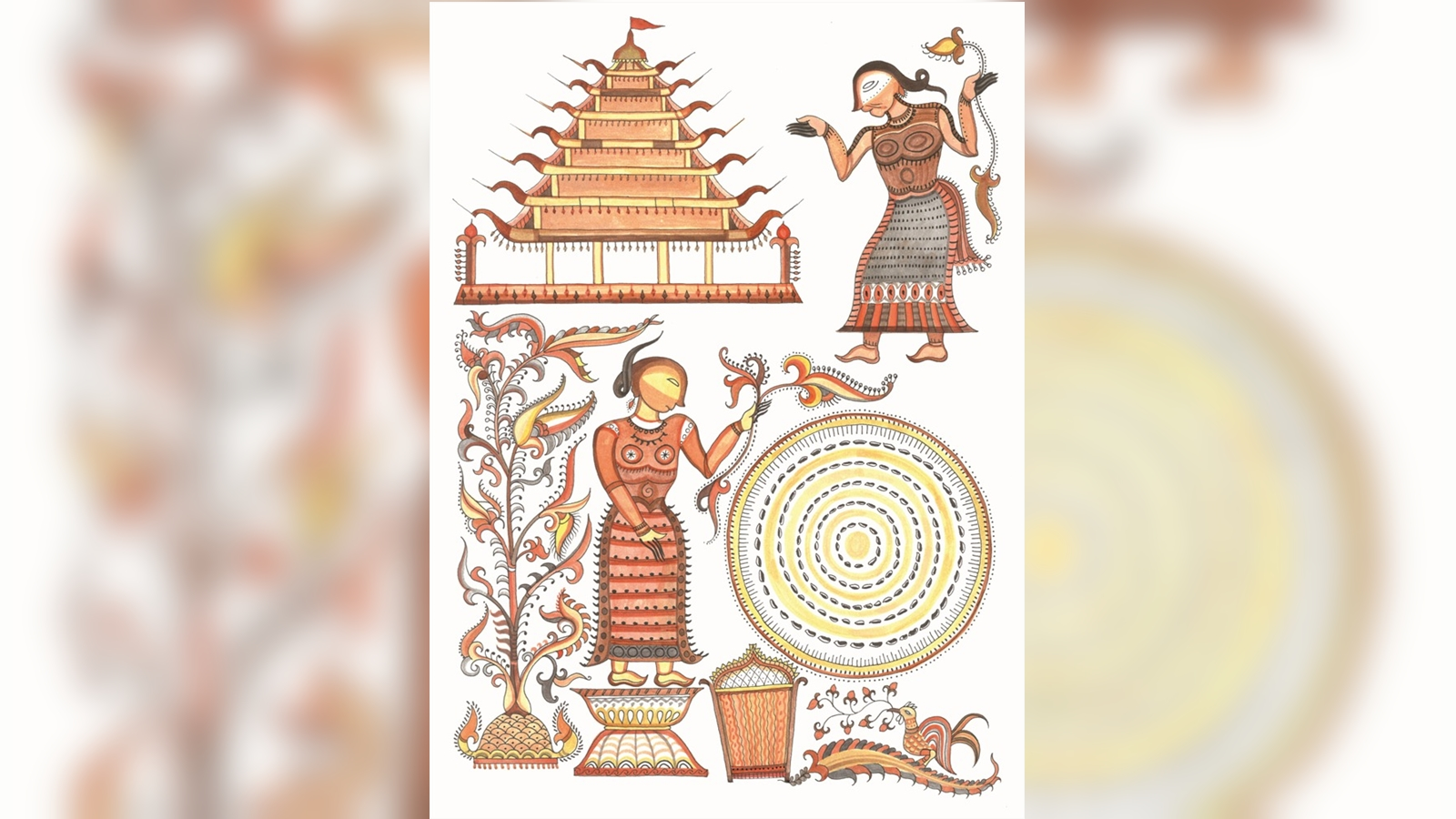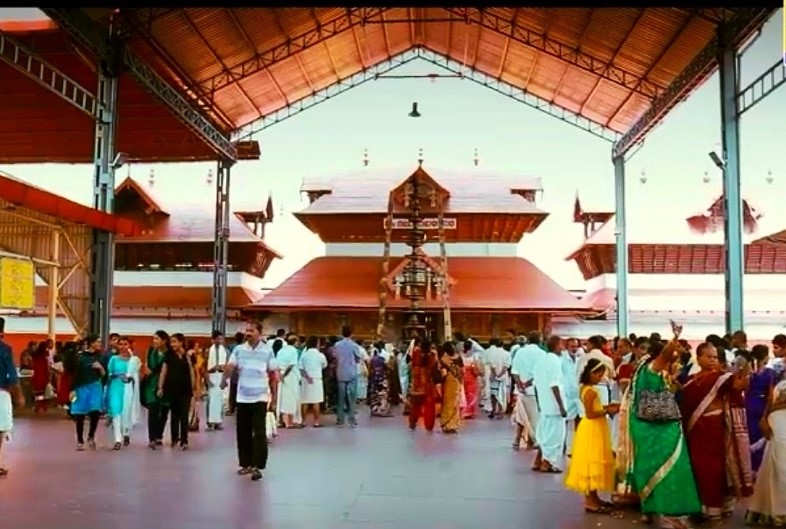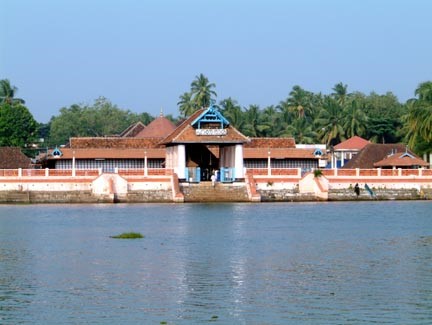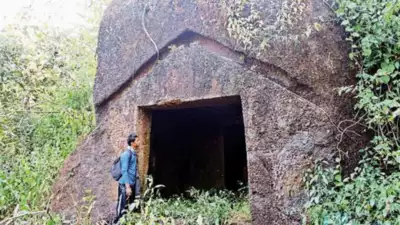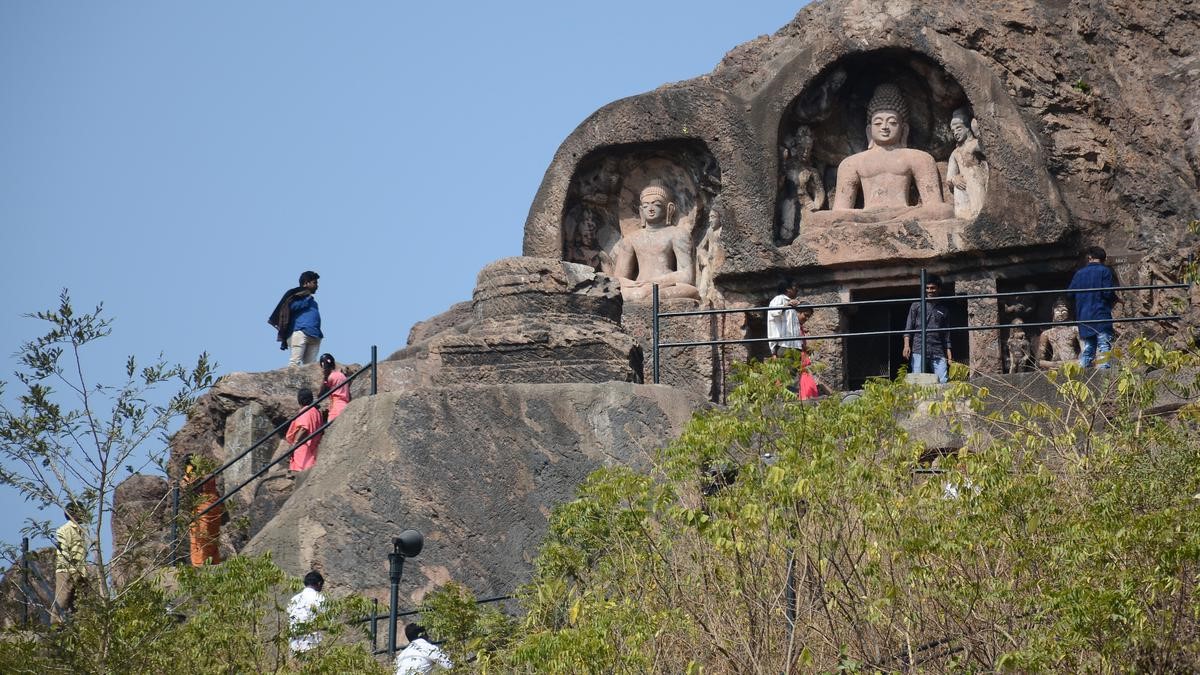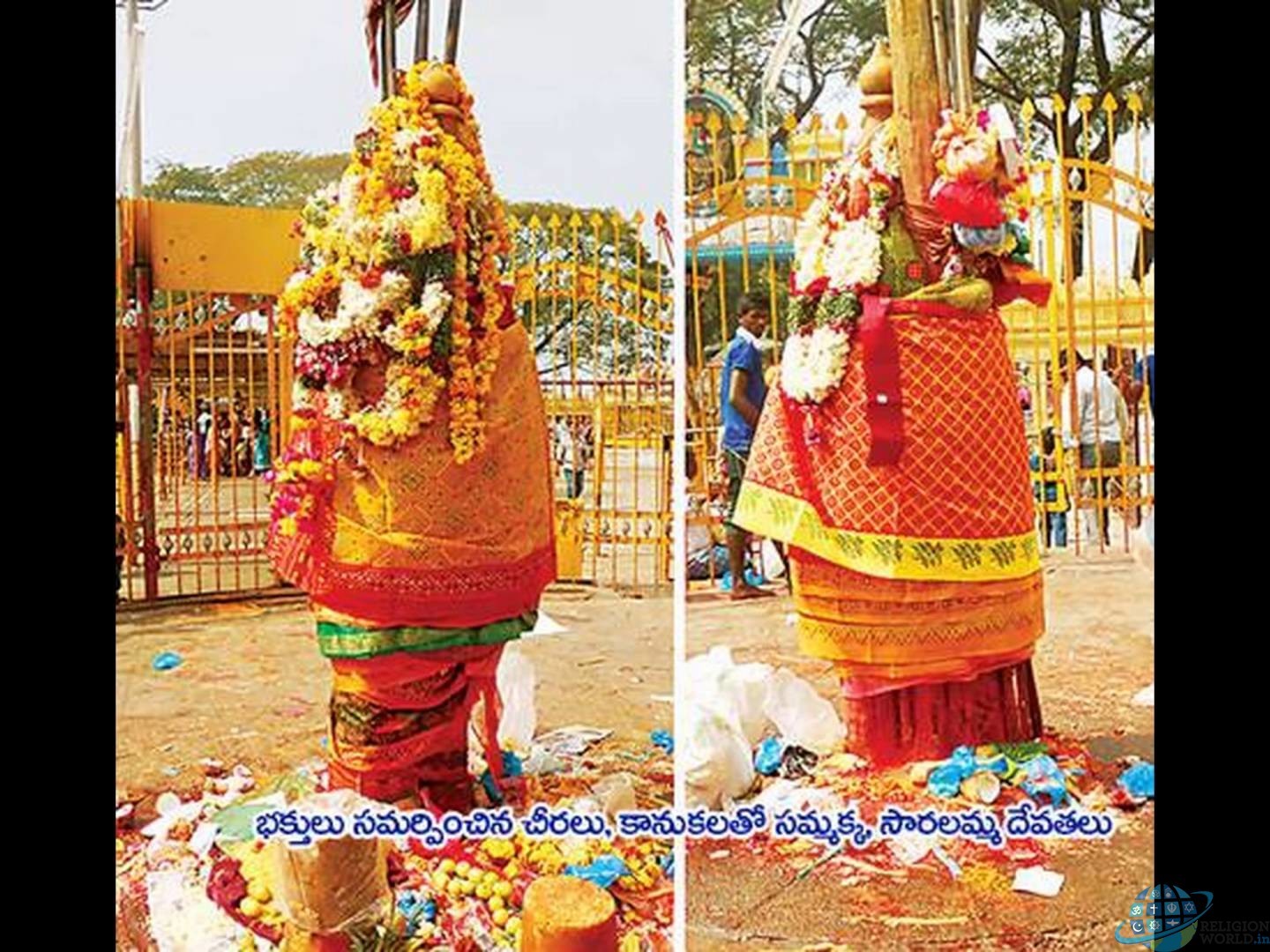Description
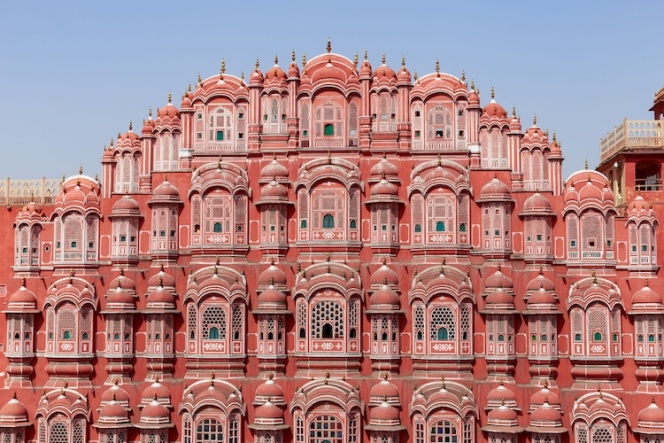
Copyright infringement is not intended
Context: Moulvi reads excerpts from the Quran (Koran) to mark the beginning of the rathotsava (chariot or car festival) at the historic Chennakeshava temple in Belur.
Kesava temple in Belur:
- Chennakeshava Temple, also referred to as Keshava, Kesava or Vijayanarayana Temple of Belur, is a 12th-centuryHindu temple in Karnataka state, India.
- It was commissioned by King Vishnuvardhana in 1117 CE, on the banks of the Yagachi River in Beluralso called Velapura, an early Hoysala Empire capital.
- It was repeatedly damaged and plundered during wars, repeatedly rebuilt and repaired over its history.
- It is dedicated to Vishnu.
Hoysala style of architecture:
- It is often referred to as an amalgamation between the Dravidian and Indo-Aryan forms.
Main features of Hoysala architecture:
- Mandapais a common feature of Hoysala architecture. It is the prayer hall that is entered through an intricately designed lintel known as the 'makaratorana.'
- This open space is supported by several pillars.
- The stone latticeworkis also a recurrent feature of Hoysala sculptures.
- The pillars of the Hoysala temples have four brackets at the top and are further decorated with ornamented carvings.
- The vimanams are the place where the principal deity resides. The shapes of these vimanams are either stellate (star shaped) or staggered square.
- The Salabhanjikais a common feature of Hoysala sculpture.
- The pillar images known as 'sthamba buttalikas' show the influence of the Chola art and architecture.
- The temple walls of the Hoysala Empire are speckled with events from Hindu epics, Ramayana and Mahabharata.
- The Hoysala sculpture is erotica.The nooks and niches of the temple walls have been filled with erotic themes.
What are World Heritage Sites?
- It is a landmark or area with legal protectionby an international convention administered by the United Nations Educational, Scientific and Cultural Organisation (UNESCO).
- World Heritage Sites are designated by UNESCO for having cultural, historical, scientific or other forms of significance.
- As per the ‘Convention concerning the Protection of the World Culturaland Natural Heritage’1972, UNESCO seeks to encourage the identification, protection and preservation of cultural and natural heritage around the world considered to be of outstanding value to humanity.
- As of July 2021, a total of 1,154 World Heritage Sites (897 cultural, 218 natural, and 39 mixed properties) exist across 167 countries. With 58 selected areas, Italy is the country with the most sites on the list.
- Categories: A World Heritage Site can be either cultural or natural areasor objects which are inscribed on UNESCO’s World Heritage List for having “outstanding universal value”.
- These sites are usually considered to have cultural significance to all the people in the world, including future generations.
https://www.thehindu.com/news/national/karnataka/amidst-communal-strife-in-karnataka-belurs-historic-chennakeshava-temple-strikes-a-note-of-harmony/article65320677.ece








